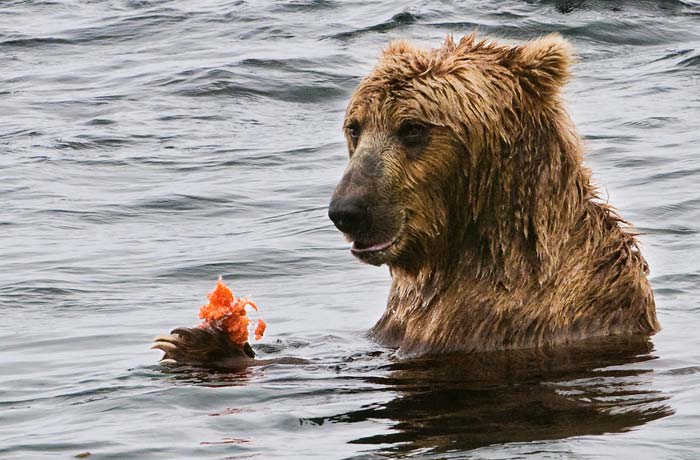
Bad Hair Day!
What is an amateur photographer?
According to Webster’s Dictionary (we’ll apply it to photography), an amateur is one who engages in a pursuit as a pastime rather than a as professional. It also states that is one who is lacking in experience and competence in an art. And it states that amateurism implies a liking for something rather than having expert knowledge of it–lack of skill, dabbling.
What makes a professional photographer?
Financial gain aside (not all of the meanings imply financial gain) and again applying it to photography, Webster’s Dictionary states that a profession is a calling requiring specialized knowledge and often long and intensive academic preparation. A professional is characterized by or conforms to the technical standards of a profession.
If you ask most “amateur” photographers if they are “professional” photographers, most would say, “No”. Yet I would choose to differ with them. A true “professional” photographer is always on a quest to improve their photographic skills—to create stunning images. There are many photographers who have been “called” to their art form. They have studied their art form through self-study and individual research. They have practiced and practiced through personal trial and error experience. They attend photography workshops. They have taken or continue to take photography courses given by photography instructors online and/or within the college setting. They have gone way beyond just dabbling!
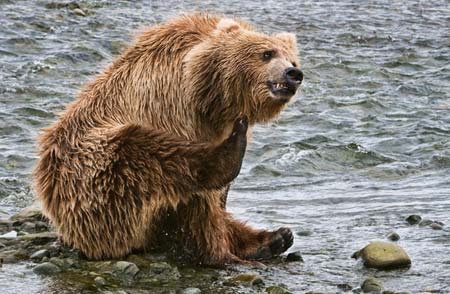
Ah…there…that’s the spot!
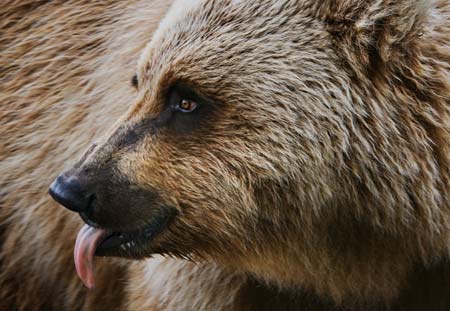
Got a mint?
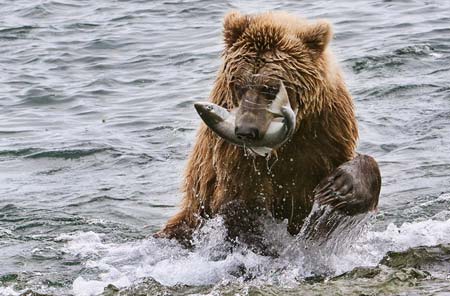
Caught One!
I would like to introduce you to one such photographer, Karen Pleasant.
When Karen sent me her photos of the bears and eagles from a recent trip to Alaska, I knew I wanted to share them with our readers and how she has come to be such an accomplished photographer. She calls herself an “amateur” photographer, but her photographs say otherwise—they are anything but amateur. They show a passion for her chosen art of photography. She is truly a “professional” photographer and through her, Apogee Photo Magazine and I would like to honor her and all unknown “professional” photographers like her.
Let’s find out how it all came to be…
Noella (NB) asks Karen (KP)
NB: How long have you been photographing?
KP: Probably about 40 years! YIKES! I’ve always enjoyed photography when on vacation. When I worked full time, I seldom picked up a camera other than when I took an annual 2-3 week vacation. Now that I am retired, I am traveling a little more often. I’m still not very good at getting my camera out and practicing on a day-to-day basis! That is something that would really help me improve my skills even more.
NB: Did you have formal lessons in photography or did you just sort of pick it up?
KP: In photography, I have taken numerous field workshops led by various professional photographers. There are some that really stand out in my mind, such as your workshops, Noella. What I have found is that it is important to choose a workshop whose leader is of course, a photographer, but a photographer who does not focus on their own photographic endeavors during the workshop. They should be there to assist you as much (or as little) as you want. And remember, a great photographer may not be a great teacher. Look for someone who is really good at helping others improve their skills and visions.
NB: Thank you Karen. That is very nice of you to say.
KP: Also, I’ve picked up a lot of information on photography by reading and participating in photography forums. Some forums are better than others. Spend some time on various forums and you’ll soon find one that you like.
For image editing, I have taken advanced courses in Photoshop. They have greatly accelerated my software learning curve. Not only have the classes helped me learn Photoshop, but I also learned a sound workflow process. Again it is important to find someone that will work with you and help you improve.
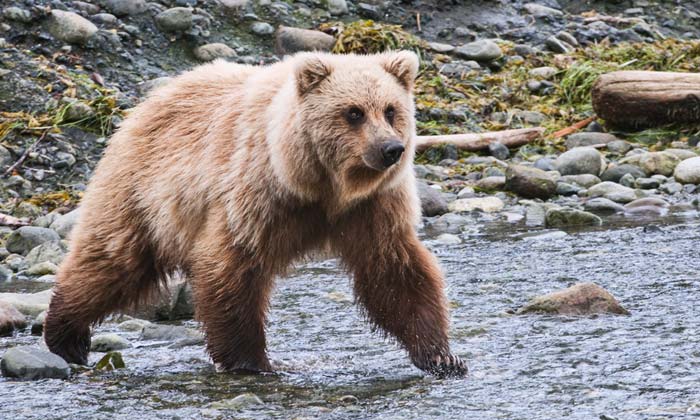
Entering the fishing hole…
NB: Wildlife is obviously of great interest to you. Did you have any formal education in zoology, etc.?
KP: I have no formal training in any of the sciences. But I do make an effort to do research on my potential subjects well before a trip. I try to learn about an animal’s or bird’s characteristics, feeding habits, behavioral traits, and preferred habitats so I am prepared should I have the opportunity to capture their image when I arrive on location. All this helps me anticipate a great shot.
I actually develop a list of “desired” photos before each trip. This helps me think through what I will have to do and what equipment I will need to come home with some of my “desired” shots! Even if my destination is a “place”, I will think about what shots I want to get and at what time of day. Every time I go out with my camera I have goals or “desired” shots in mind. Even if it is just a spring day trip hunting for macro shots of spring flowers.
NB: Karen, let’s get some of the usual technical information out of the way first. What kind of equipment did you use on this trip?
KP: I use Nikon D200 and D300 cameras and for the grizzlies and birds I used a Nikon 70-200/f2.8 and 200-400/f4 lenses.
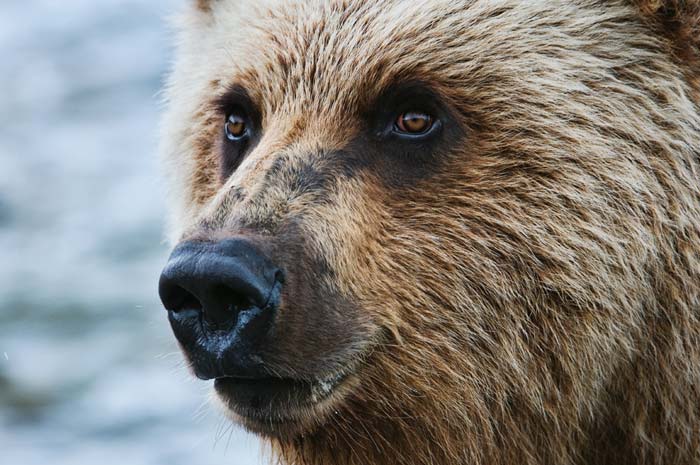
Is this close enough?
NB: What are some of the things that you do that help you prepare mentally for the challenge of adventure photography?
KP: I give a lot of thought to my images and what I want to accomplish. Here is a list that might help your readers.
1. Think about your shooting style. Do you normally shoot close-ups, landscapes, wildlife, etc?
2. Develop a list of what photos you hope to capture. Envision the results even before you go!
3. Think about how you will get there, how you will be traveling and how much gear you can reasonably take or carry. Be realistic.
4. Decide how much you can spend on additional gear and/or clothing for the trip.
5. Make an inventory of your camera gear: what camera gear you have, what you will need and what you’ll be able to carry in order to get the photographs you envision. Thinking ahead can make all of the difference in the world.
Here is my list:
Camera and backup camera
Lenses
Recording media – if you are using digital capture, estimate how many flash cards you will need and/or what laptop/independent storage device will hold all that you will shoot. It is terrible to have to ration your photography because you didn’t plan ahead and you can’t always count on being able to purchase what you need.
Batteries and Battery charger, hoods, polarizers, teleconverters, step-up rings, filters, remote shutter releases
Camera/lens cleaning supplies and weather protection
Tripod, monopod, beanbag for stabilization
Camera bags or backpack to carry all that you need
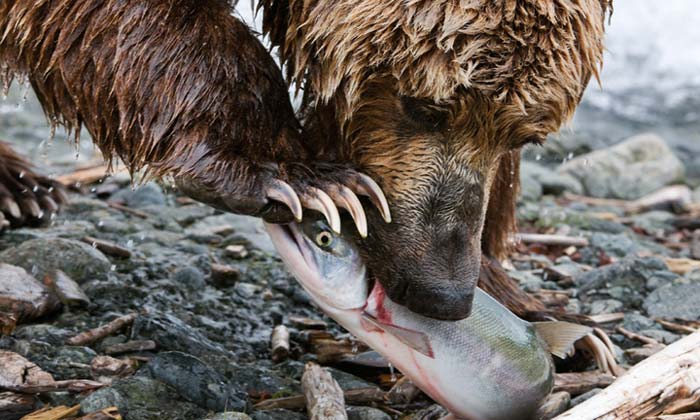
Lunch Time!
NB: Once you have decided on a trip and its location, what preparation follow?
KP: I spent months planning our three month long vacation to Alaska. I wanted to ensure we spent quality time photographing grizzly bears, so I did a lot of research on the internet. Photography forums were a good place to post questions. I found a qualified tour leader who offered a one day trip to see the grizzlies in the wilderness. The tour was limited to 5-6 people. It was expensive, but well worth it! We had over three hours photographing the grizzlies as they caught salmon within 25-150 feet of where we sat! The first hour gave me an opportunity to learn their behaviors and helped me anticipate when a grizzly might lunge after a salmon or when the grizzly might look up with a salmon in his mouth, etc.
Choosing a reputable guide and not worrying about the cost enabled me to have a “once in a lifetime” experience with the grizzlies. I booked our July tour date with our guide in February because these trips fill up quickly. Our group never once felt in any danger… the bears were focused on catching salmon. Our leader has worked with grizzlies and has led tours for years. Experience counts!
Just sitting on the edge of the stream and watching these powerful animals in their own wilderness environment was truly exhilarating. It was worth the cost! Sometimes I simply looked away from the camera and tried to savor the experience!
Another important aspect of planning is being prepared for any type of weather. Again, using the internet and photography forums, I spent a lot of time researching possible weather conditions I would encounter. This enabled me to make sure I took proper clothing and rain protection. I wanted to keep shooting during the rain, so I also purchased rain gear for my cameras and lenses. And believe me, I needed it!
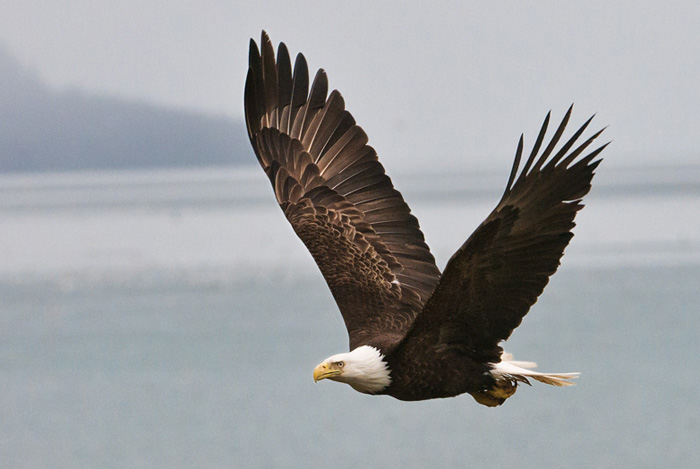
Fly by!
NB:
We understand that photography in the field can be difficult and maybe more so when you are faced with time and/or weather constraints. Did you face any technical problems and how did you deal with those while photographing the bears?
KP: Lighting was a challenge. The grizzly bears were either between me and the sun (creating a back lit situation) or at 90 degrees from the sun. Every time I moved my camera from one direction to the other, it had a big effect on my exposure. Trying to continually change my exposure compensation was just one more thing to remember as I was quickly firing off shots.
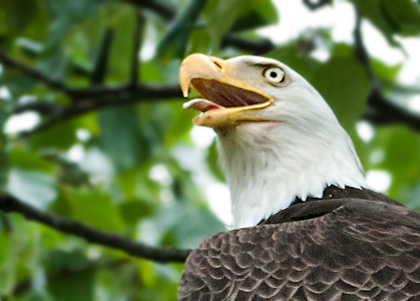
Can eagles yodel?
The biggest problem I had was dealing with image noise. Since the photography conditions were over cast most of the time, I had to use a high ISO to keep the shutter speed fast enough to get a decent photo. At these levels the photos required a great deal of noise reduction. And it is very difficult to reduce a lot of noise and not loose detail in the fur of a grizzly or the feathers of an eagle since both subjects are very dark.
NB: How about the eagles? Where did you find them? Were you faced with the same challenges when photographing them?
KP: I made no special arrangements to photograph the eagles. The best locations we found for photographing eagles were along the shore in Cordova, Alaska and near Anchor Point, Alaska, which is about 15 miles north of Homer. After an hour or more and a couple of hundred photos of eagles simply sitting on a branch, I realized that to get a unique, behavioral shot I was going to have to be very patient. They just sit there for hours … doing nothing! Only by being very patient (stubborn) and always being ready was I able to get some interesting photos. A quick scratch of their ear would last only a few seconds.
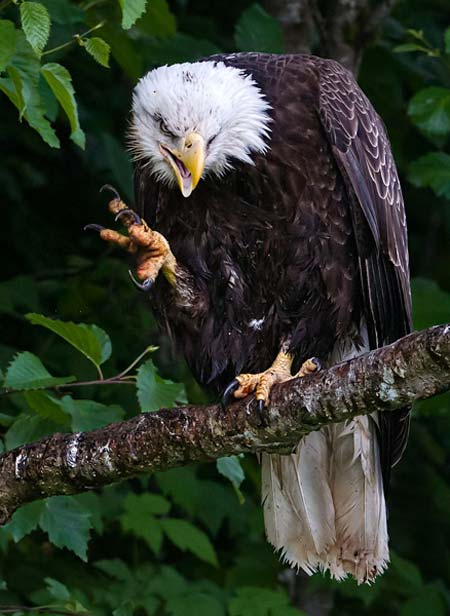
Hello my pretty!
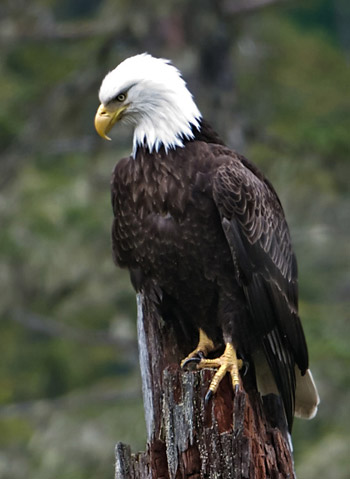
Forest Sentinel
NB: How much post processing do you do?
KP: It Depends! I shoot raw files. My workflow is to review files in Adobe Photoshop CS5 Bridge. There I delete unwanted files and rate remaining files using 1 as poor and 5 as outstanding. I then open the raw files in Adobe Camera Raw (which comes with Adobe Photoshop CS5) and make any needed adjustments, including checking the white balance and noise reduction.
Then I open the files in Adobe Photoshop CS5 and work with layered adjustments. First I look for any dust spots or areas that need touch up. This is a good time to make sure horizons are level and to consider any cropping necessary to ensure a great composition. All files get a curve adjustment and sharpening, using the unsharp mask filter. However, I take care to resist the temptation to go “over the top” with the processing.
NB: On a personal level, what touched you the most about this trip with the eagles and bears?
KP:We often times get too caught up with our self-induced hectic lives. By experiencing the grandeur of the mountains and glaciers and the oneness of the birds and animals within their natural environment, I found a peacefulness that is hard to describe. All of nature is indeed wondrous!
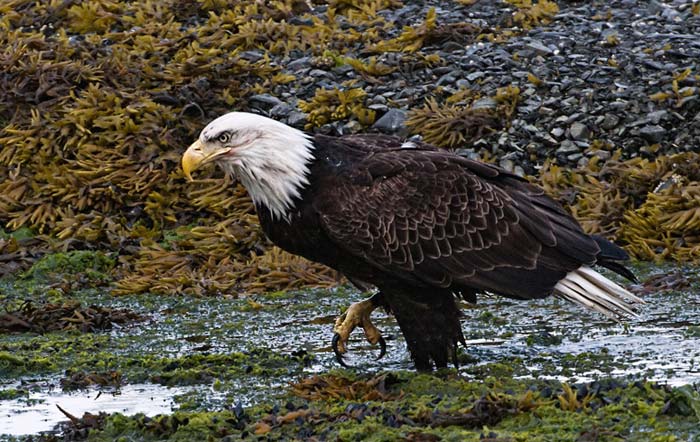
Muck & Yuck!
NB: Karen, you did a terrific job on your photos. You certainly have helped our readers understand that they too can increase their opportunities and the possibilities of capturing outstanding images when they take the time to study their art, prepare properly and think through their photographic goals. I’m sure there are many other “professional” photographers who have accomplished as much.
Thank you for taking the time to share your personal photographic journey and for giving us the opportunity to view your wonderful images of the Alaskan bears and eagles.
by Noella Ballenger
Photos: © 2010 Karen Pleasant. All Rights Reserved.

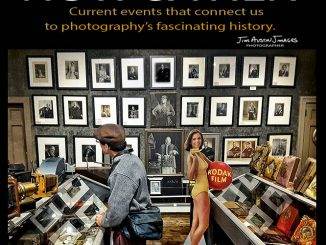
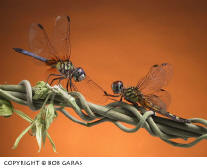
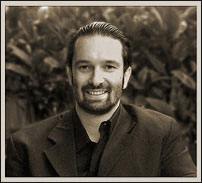
Leave a Reply